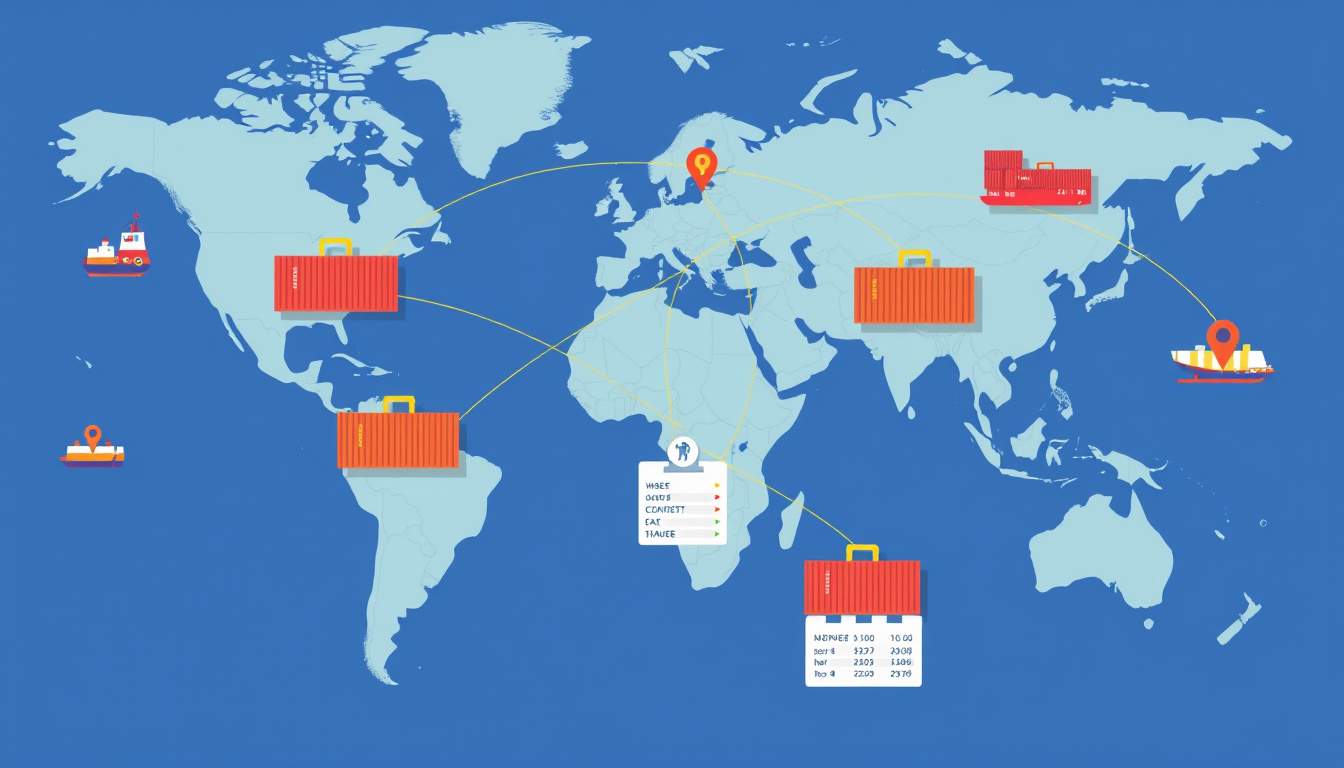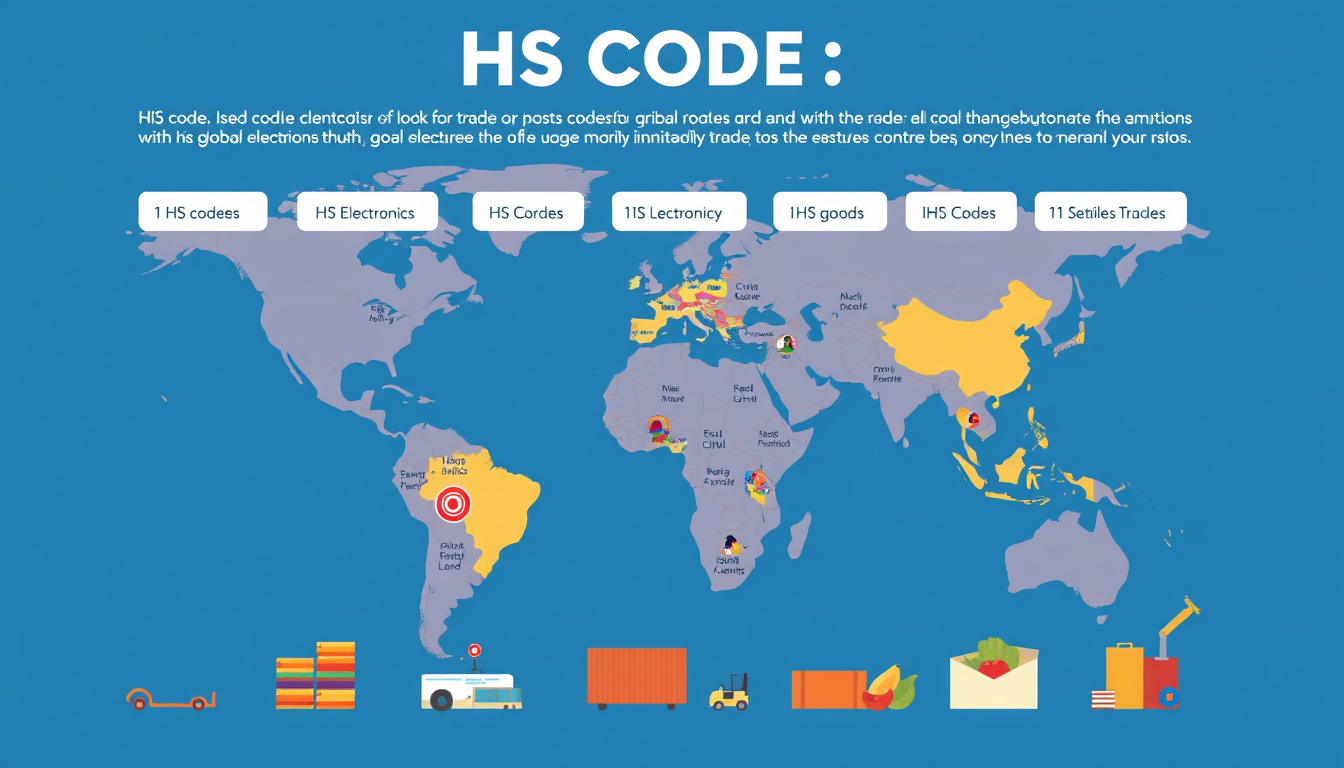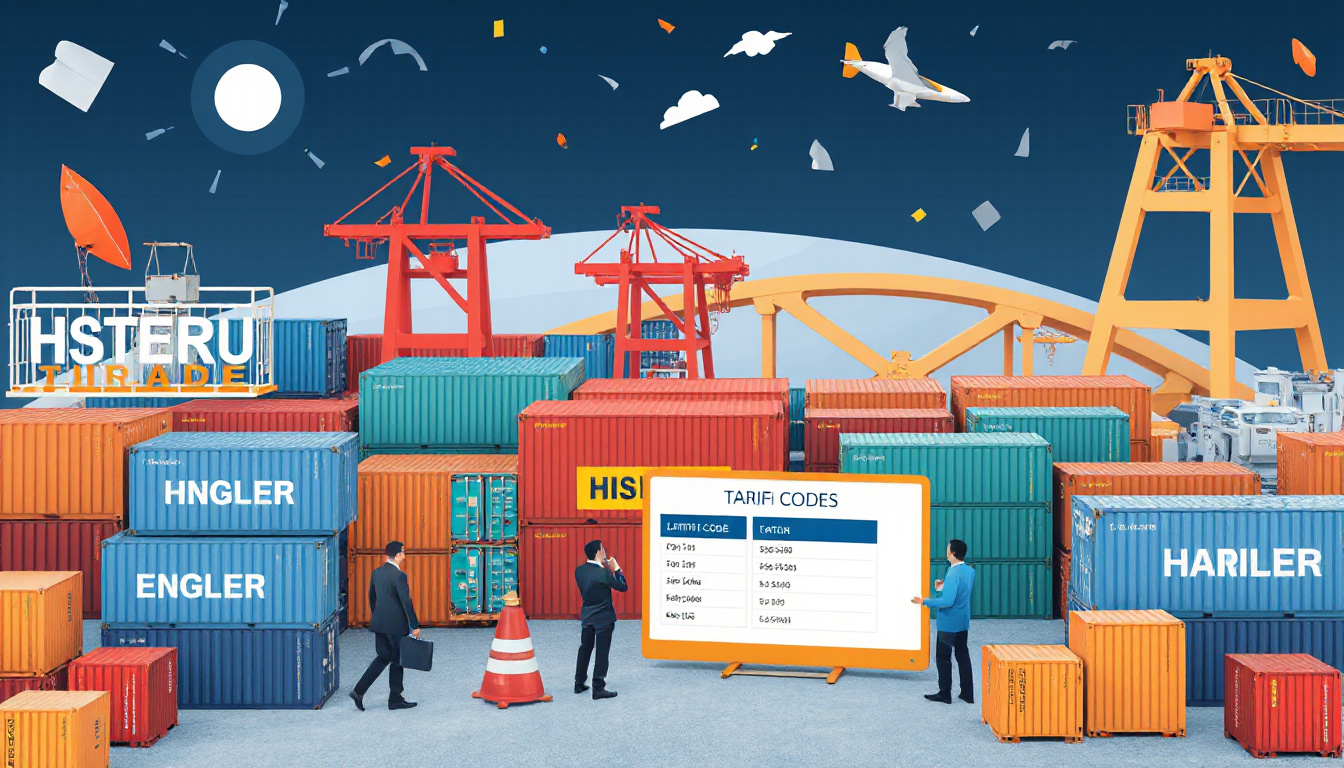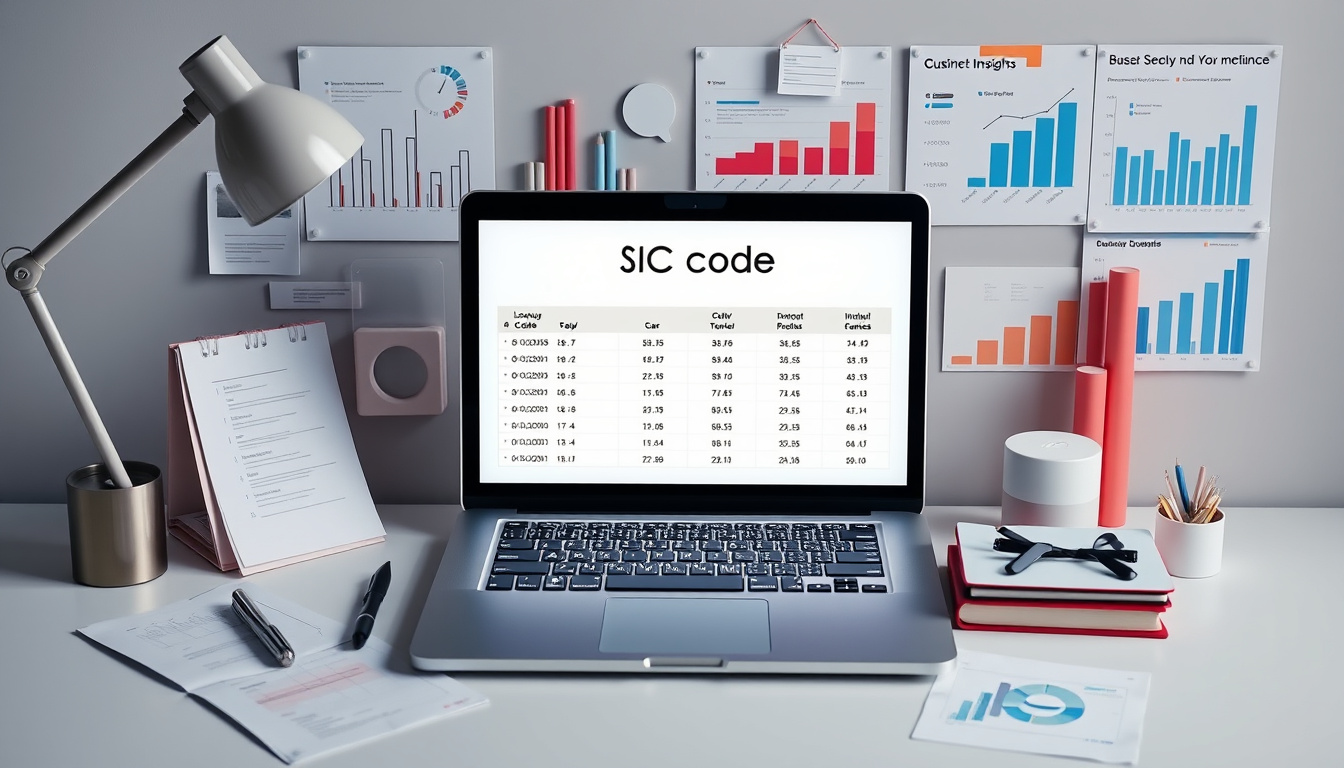In today’s global marketplace, precise product classification is crucial for efficient procurement, inventory management, and compliance. One of the most widely adopted systems worldwide is the UNSPSC lookup, which provides a standardized method to categorize products and services. Whether you’re a supplier, buyer, or data analyst, mastering UNSPSC lookup can significantly enhance your operational workflow and data accuracy. This guide delves into essential tips for accurate product classification using the UNSPSC system.
What is UNSPSC Lookup and Why Does it Matter?
UNSPSC, or the United Nations Standard Products and Services Code, is a hierarchical classification system designed to organize goods and services into a global taxonomy. The UNSPSC lookup enables users to identify precise codes for products or services by searching keywords, descriptions, or categories.
Accurate UNSPSC lookup is vital because it:
- Streamlines procurement processes by standardizing product information
- Facilitates transparent supply chain communication across international borders
- Enhances spend analysis and reporting accuracy
- Supports regulatory compliance and auditing by ensuring consistent coding
According to the official UNSPSC website, businesses across numerous sectors leverage UNSPSC to drive efficiency in e-commerce and contract management (source).
Understanding the UNSPSC Code Structure
Before diving into practical tips for UNSPSC lookup, it’s essential to understand the code’s format. UNSPSC uses an eight-digit hierarchy broken into four levels:
- Segment (2 digits): Broad industry or market segment (e.g., 43 – Information Technology)
- Family (2 digits): Subcategory within the segment (e.g., 15 – Computer Equipment and Accessories)
- Class (2 digits): More specific grouping (e.g., 01 – Personal Computers)
- Commodity (2 digits): The most granular level pinpointing the actual product or service (e.g., 10 – Desktop Computers)
This layered approach helps pinpoint an exact product class while allowing zoom out to broader product families.
Essential Tips for Accurate UNSPSC Lookup
To ensure your UNSPSC lookup results in the right classification, consider the following strategies:
1. Use Detailed and Specific Descriptions
When performing a UNSPSC lookup, generic terms like “laptop” or “software” can yield multiple results. Include as many specifics as possible:
- Brand or manufacturer
- Model numbers or SKUs
- Functionality or intended use
- Material or component details
For example, instead of searching for “printer,” enter “color laser printer with wireless connectivity.” This improves the relevance of the returned UNSPSC codes.
2. Leverage Trusted UNSPSC Lookup Tools
Accessing reliable and updated UNSPSC lookup tools can save time and improve accuracy. Platforms like Classifast.com provide an instant classifier and category search for UNSPSC codes based on any text input. Such tools:
- Offer suggested codes with descriptions
- Help reconcile product names to standard codes
- Save users from manual classification errors
Using Classifast’s quick classification service is practical for companies that routinely manage varied product data and want seamless UNSPSC code matching.
3. Familiarize Yourself With Related Classification Standards
Besides UNSPSC, other international classification systems such as NAICS (North American Industry Classification System), ISIC (International Standard Industrial Classification), ETIM (ElectroTechnical Information Model), and HS (Harmonized System) are prevalent in various industries.
Understanding how these systems correspond with UNSPSC can be beneficial if you manage international trade or detailed product datasets. Some advanced UNSPSC lookup tools, including Classifast, provide cross-standard classification to harmonize coding efforts across schemes.

4. Maintain Updated Code Lists and Reference Materials
UNSPSC codes are regularly reviewed and updated by GS1 US and other managing bodies. Using outdated lists can cause misclassification or compliance issues.
Always use the latest version of the UNSPSC code list, which can be downloaded directly from the official UNSPSC website or integrated via reputable lookup tools.
5. Use Hierarchical Filtering to Narrow Results
UNSPSC lookup interfaces often allow filtering results by segment, family, class, and commodity. Start broad and progressively narrow down the categories to home in on the exact product.
For instance, begin with the segment "Electrical Equipment and Supplies," then select a family such as "Lighting Fixtures," followed by class and commodity to identify a specific type of LED bulb.
Step-by-Step Guide to Performing an Effective UNSPSC Lookup
Here’s a simple workflow for accurate product classification using UNSPSC lookup:
- Gather detailed product information: Collect complete product descriptions, including technical specs.
- Choose a reliable lookup tool: Use an updated online UNSPSC search platform such as Classifast.com.
- Input descriptive keywords: Enter detailed terms related to the product or service.
- Review suggested codes: Examine the returned UNSPSC codes alongside descriptions carefully.
- Filter the results: Use segment and family filters to focus on the correct category.
- Verify compatibility: Cross-check code accuracy against your internal product classification policies.
- Document the classification: Keep records of assigned UNSPSC codes for audit trails and consistency.
Benefits of Accurate UNSPSC Lookup for Your Business
Accurate UNSPSC lookup not only reduces errors but also delivers tangible business benefits:
- Improved procurement efficiency: Easier product comparison and bidding processes.
- Enhanced spend analytics: Streamlined categorization leads to better insights on expenditure.
- Compliance adherence: Meets global trade and reporting regulations with standardized codes.
- Supplier relationship management: Clear communication using universally understood UNSPSC codes.
Frequently Asked Questions (FAQs)
What is the best way to perform an UNSPSC lookup?
The best way is to use a specialized, up-to-date lookup tool like Classifast.com, entering detailed product descriptions, and filtering results by UNSPSC hierarchy levels for precision.
Can UNSPSC lookup integrate with other classification systems?
Yes, many tools and platforms, including Classifast, support simultaneous classification across standards like NAICS, ISIC, and HS codes, enabling global interoperability.
How often should I update my UNSPSC codes?
Because UNSPSC codes are periodically revised, it’s recommended to update your code database annually or whenever a new version is released to maintain compliance and accuracy.
Conclusion: Take Your Product Classification to the Next Level
Mastering the UNSPSC lookup process is essential for businesses aiming to optimize procurement, improve data accuracy, and ensure compliance with international standards. By using detailed product descriptions, leveraging advanced lookup tools such as Classifast.com, and understanding the UNSPSC code structure, you can streamline your classification workflows efficiently.
Start refining your product classification today with a trusted UNSPSC lookup tool, reduce errors in your data, and empower your operations with standardized coding. Whether you’re managing millions of SKUs or a growing inventory, mastering UNSPSC lookup will make a measurable difference in your business success. Don’t wait—explore Classifast now and experience how quick and accurate UNSPSC classification can be!
























